The Influence of African Americans on the National Mall
Throughout the National Mall’s history, African Americans have helped shape every aspect of its development: from the land and buildings to the ways in which we view and experience this iconic space. Below we highlight some of the African American thought leaders, community leaders, business leaders, performers and others who have influenced the National Mall and who continue to build its robust future.
Creating the National Mall
Before the creation of the National Mall and the nation’s capital, much of the land that is now Washington, D.C. was worked by enslaved Africans. The labor of these enslaved peoples built the Maryland economy by cultivating tobacco on large plantations. Once the land was decided on as the new capital in 1790, enslaved labor continued until slavery was abolished within the District of Columbia in 1850. The work of these individuals is often overlooked in the telling of the National Mall’s origin story, and we acknowledge and honor their role and their work. Black Americans played a leadership role in creating and defining the National Mall’s landscape.
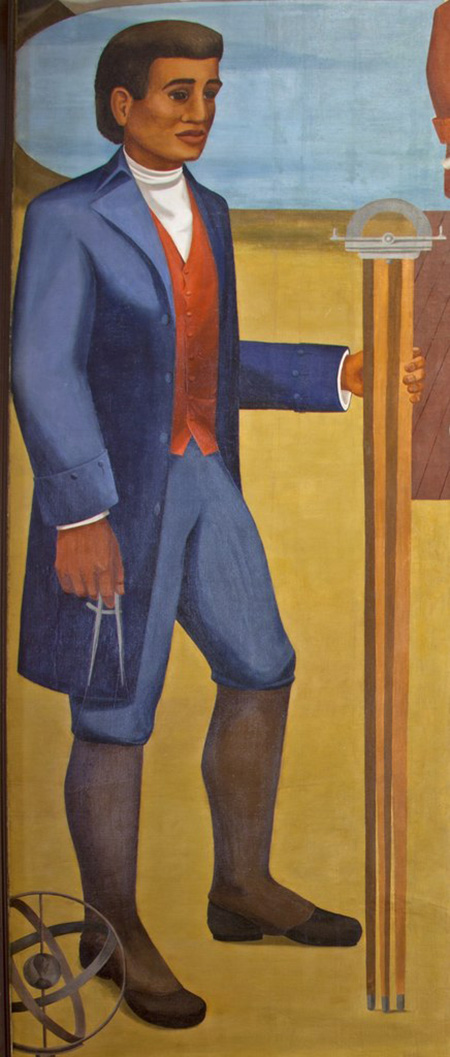
Benjamin Banneker
In 1791, Benjamin Banneker was selected as the official assistant surveyor in surveying what would be the nation’s new capital city. Banneker was a well-known astronomer, inventor, and surveyor who had printed one of the first almanac series in America. Thomas Jefferson approved his appointment, making Benjamin Banneker one of first official Black civil servants in the United States. Banneker used his self-taught expertise to survey what would be the capital city and lay the city’s boundary stones. The calculations done by Banneker were used by Major Pierre Charles L’Enfant to create the city plan for Washington, D.C., which included space dedicated for what would become the National Mall. Benjamin Banneker Park, located near L’Enfant Plaza in D.C., is dedicated in the city surveyor’s honor. (Source: National Park Service)
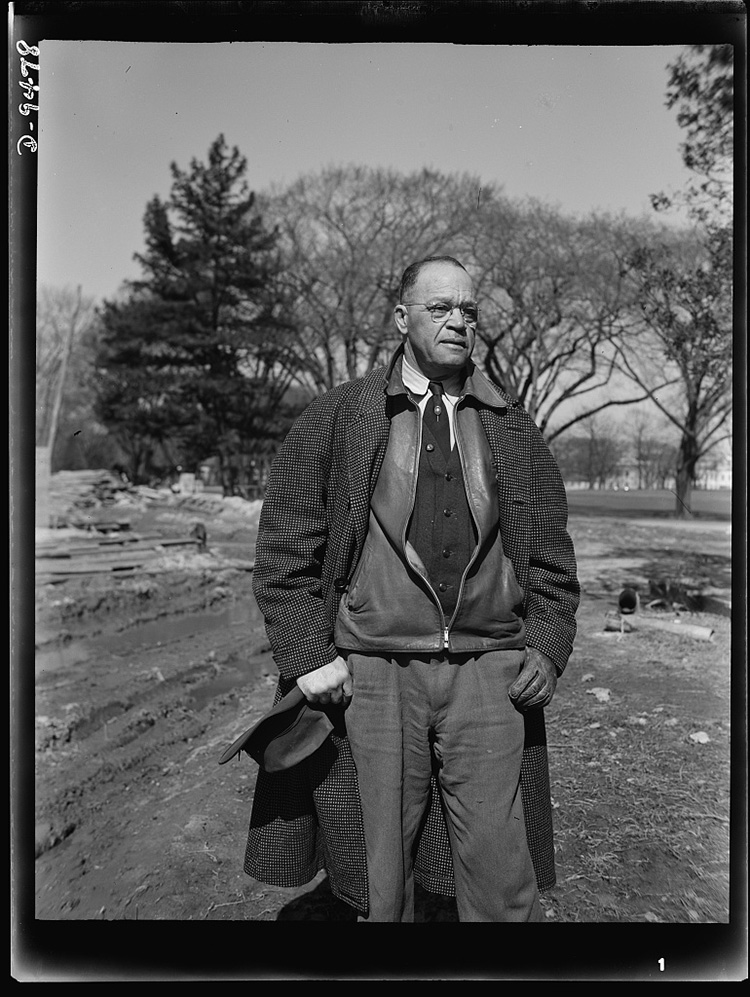
Archie Alexander
AArchie Alexander was a renowned engineer and in 1912 was the first African-American student to graduate from the University of Iowa's College of Engineering. He quickly advanced in his career to launch Alexander & Repass with his classmate Maurice Repass. The firm specialized in bridges and viaducts and led a number of projects across Washington, DC, including the construction of the Whitehurst Freeway and an extension of the Baltimore-Washington Parkway. On the National Mall, Alexander's firm was responsible for building a bridge and seawall at the Tidal Basin, where they employed an integrated construction crew. Throughout his career, Alexander led over 300 projects, and his firm became so successful, Ebony magazine declared it "the nation's most famous interracial business.” (Source: Histories of the National Mall)
A Platform for Change
The National Mall has a long history as “America’s Civic Stage,” serving as a platform for national calls for justice, human rights, and racial equity. Through marches, speeches, and peaceful demonstrations, history has been made decade after decade as individuals from around the world break barriers and share their voices. Many African American civil rights leaders and heroes have been at the forefront of historic movements, such as the 1913 Women’s Suffragist Procession, the 1963 March on Washington for Jobs and Freedom, and other ground-breaking movements that inspire how we fight for justice today.
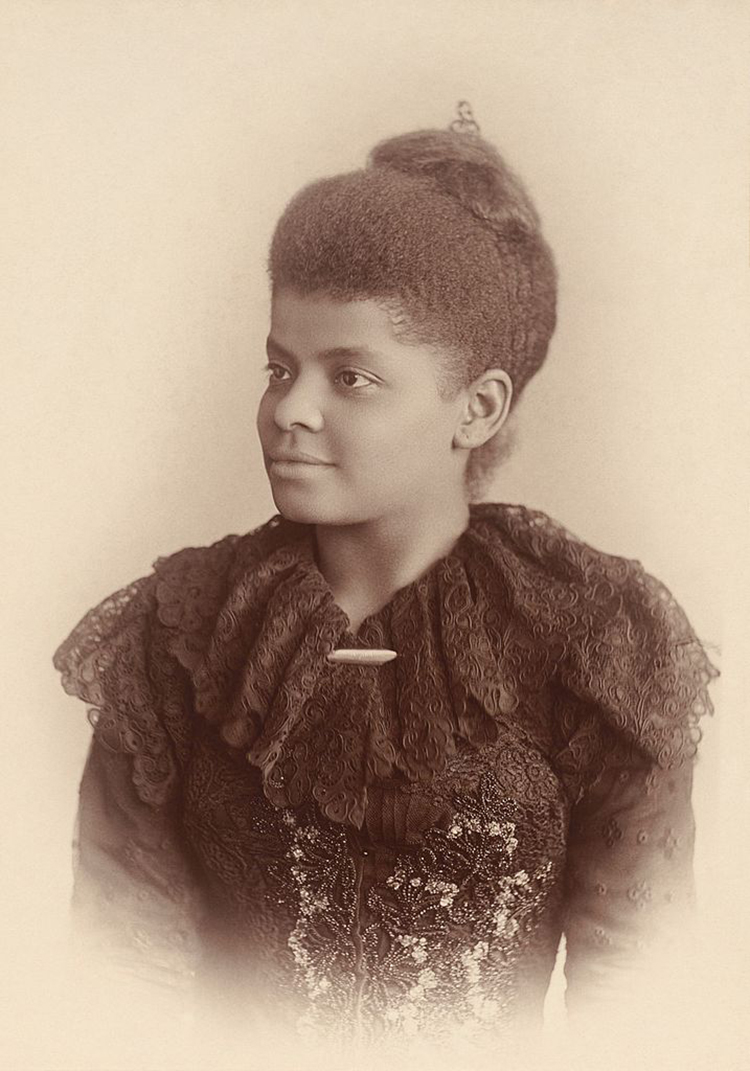
Ida B. Wells-Barnett
Ida B. Wells-Barnett, a prominent Black activist, played a significIda B. Wells-Barnett, a prominent Black activist, played a significant role in the women’s suffrage movement, standing up for African American women in a movement from which they were routinely excluded. At the Women’s Suffragist Procession down Pennsylvania Ave in 1913, on the day before Woodrow Wilson’s Presidential Inauguration, word spread that National Woman’s Party Leader Alice Paul wanted the march to be segregated. The Delegation of Illinois Suffragists instructed Ida B. Wells-Barnett, their only Black member, to go to the back of the procession. Instead, she stood along the parade route. When the Illinois Delegation appeared, Wells stepped out in front and led the Illinois suffragists for the rest of the procession, a statement that Black women were essential leaders in the fight for women’s suffrage and must be recognized as such. (Source: National Park Service)
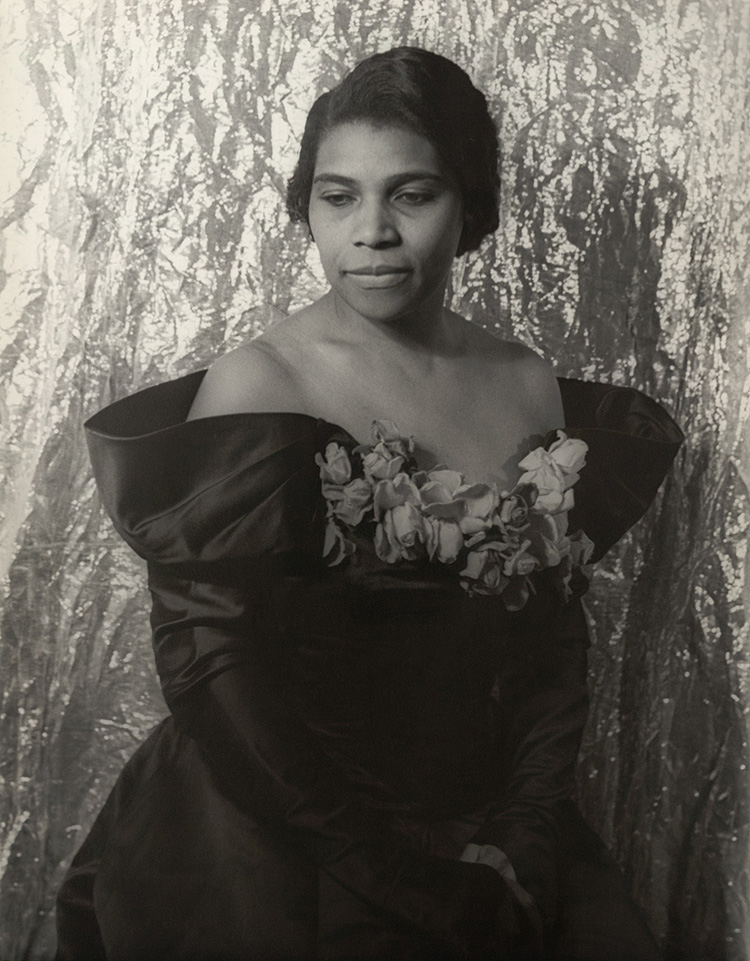
Marian Anderson
Marian Anderson, the renowned African American opera singer, made history when she performed on the steps of the Lincoln Memorial on Easter Sunday, 1939. After being prohibited from performing at Constitution Hall because she was Black, Marian Anderson worked with Secretary of the Interior Harold Ickes and First Lady Eleanor Roosevelt to find an alternate location for her concert. While Constitution Hall would have permitted an audience of a few thousand, the Lincoln Memorial and the National Mall enabled more than 75,000 people to attend the historic event. Marian Anderson inspired the nation by breaking barriers, with the Lincoln Memorial serving as a backdrop for her, her message and for the Civil Rights Movement. She performed again at the Lincoln Memorial during the 1963 March on Washington for Jobs and Freedom.
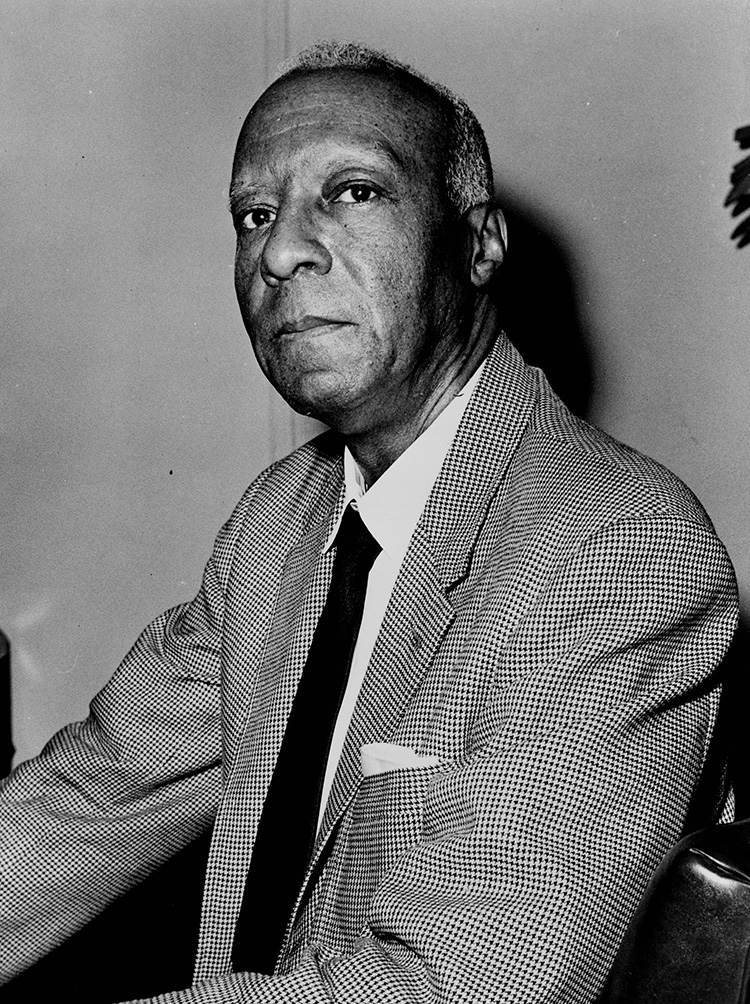
A. Philip Randolph
A. Philip Randolph, labor leader and social activist, was named the Director of the 1963 March on Washington and shared the stage with Dr. Martin Luther King, Jr., speaking to over 200,000 people and calling for equal rights. Randolph set the precedent for the 1963 march by organizing a 10,000 person demonstration in Washington, DC in 1941 to protest unfair working conditions and discrimination in defense industries--becoming a leading force in desegregating the military. Randolph is the founder of The Messenger, an African-American socialist magazine, and The Brotherhood of the Sleeping Car Porters, the first official Black labor union. In 1964 Randolph was awarded the Presidential Medal of Freedom by Lyndon B. Johnson for his work to advance Civil Rights. (Source: PBS)
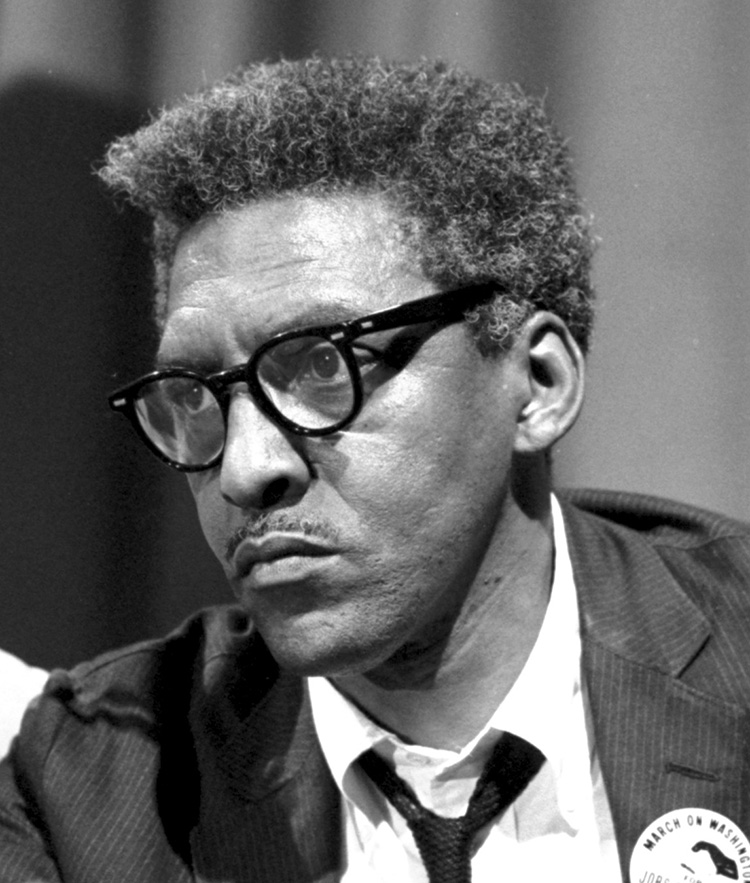
Bayard Rustin
Bayard Rustin, civil rights leader and activist, was the Deputy Director of the 1963 March on Washington and was the chief organizer of the event. His tactics in organizing the day’s events are praised for being one of the most outstanding event executions in history. In addition to the notable scale of the event, which gathered an estimated 250,000 Americans from all different parts of the country, Rustin successfully executed the March despite opposition from the Kennedy Administration and fears of violence from the public. Rustin also faced discrimination for being an openly gay activist, a cause for his reduced position title of “deputy”. The success of this event not only centralized the Civil Rights Movement among African Americans, but demonstrated what a powerful stage the National Mall could be to amplify citizens’ voices and forge a path towards changing laws. Rustin’s creative communications strategies and planning with local and national organizations established a model for how events on the National Mall should be executed. Rustin posthumously received the Presidential Medal of Freedom in 2013. (Source: National Museum of African American History and Culture)
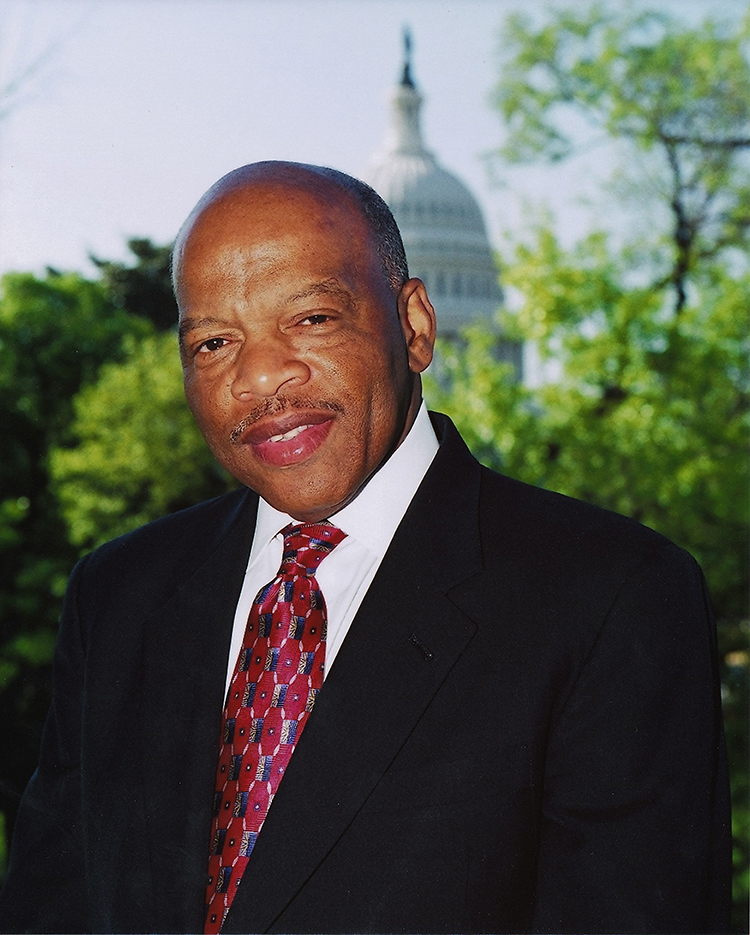
John Lewis
John Lewis, in addition to helping plan the 1963 March on Washington, was the youngest person to speak at the event at just 23 years old. He delivered a powerful speech criticizing lawmakers for not doing enough to stop discrimination. John Lewis was a constant force advocating for equal rights. He was one of the 13 original “Freedom Riders,” challenging segregation in the South, organized the march from Selma to Montgomery for voting rights, and directed the Voter Education Project. John Lewis served as US Representative for Georgia’s 5th District from 1987 to his death in 2020. In that role, he continued to advocate for voting rights and improvements in education, mentored generations of civil rights leaders, and was a vocal and ardent civil rights leader until his death in 2020. (Source: Biography)
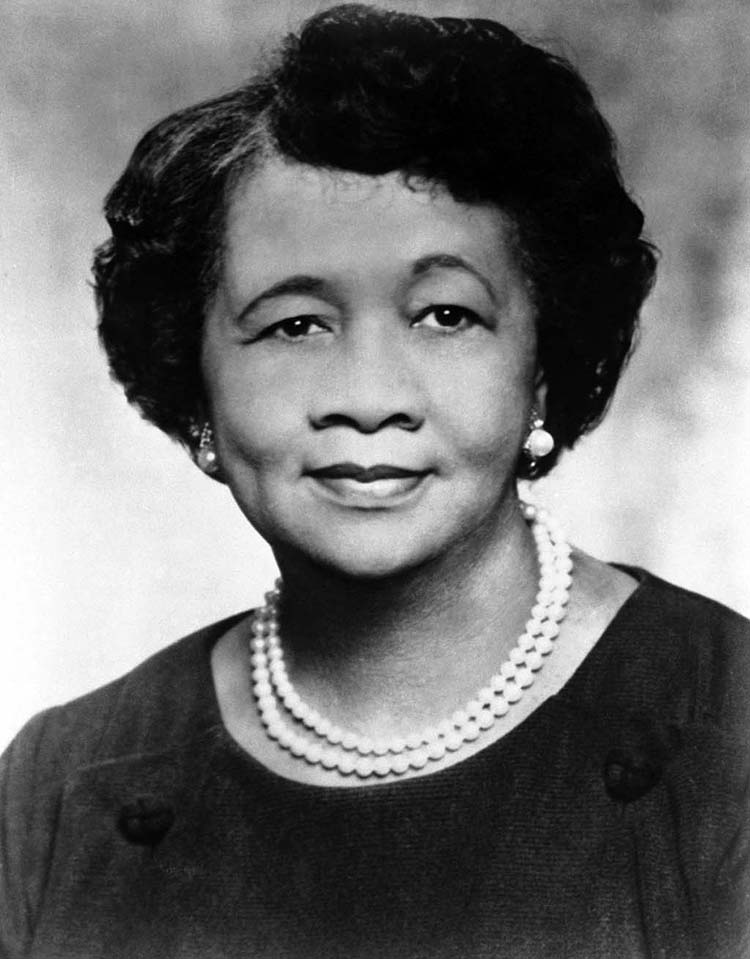
Dorothy Height
Dorothy Height was an activist and key advisor to Dr. Martin Luther King, Jr., and was an organizer of and participant in the 1963 March on Washington. Height spent her life fighting racism and sexism, and she was called on to advise multiple political leaders, including Eleanor Roosevelt, Dwight D. Eisenhower, and Lyndon B. Johnson. She was the president of the National Council of Negro Women for more than 40 years, which supported voting rights and funded many civil rights activists through her leadership. Height was the only woman activist on the speakers’ platform during King’s “I Have a Dream’’ speech, though she herself was not given time to speak besides playing a key role in the March’s planning. (Source: National Women's History Museum)
Building for the Future
Black History continues to be made on the National Mall, year in and year out. Black voices and leadership continue to shape the landscape of the National Mall, ensuring that it remains an inclusive and vibrant space for all. The following are just a few of the modern-day leaders who are continuing to shape the National Mall now and build a space that continues to evolve for future generations. Check back often as we will continue to share more stories of inspiring individuals contributing to the growth and evolution of the National Mall.
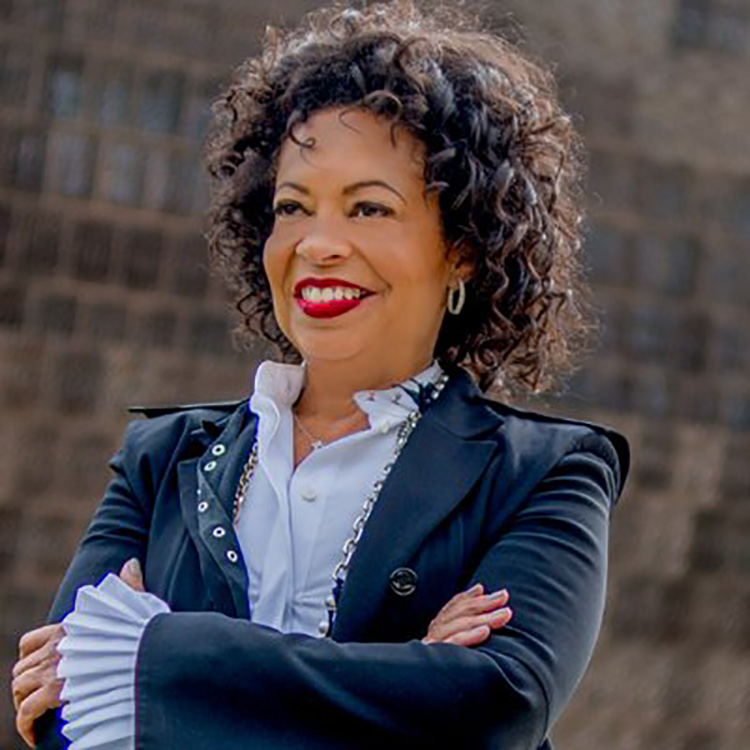
Deryl McKissack
Deryl McKissack is the president and CEO of McKissack & McKissack, a continuation of the nation’s oldest African American architectural firm. McKissack is in the 5th generation of her family to work in the construction business, starting with her great-great grandfather, Moses McKissack, an enslaved man who learned construction and passed on the skill to his children. While Deryl has been leading McKissack & McKissack, the company has led on construction on many sites around the National Mall, notably serving as the Architect of Record for the Martin Luther King, Jr. Memorial. McKissack also provided support in the construction of the National Museum of African American History and Culture and in the renovations of the Jefferson and Lincoln Memorials.
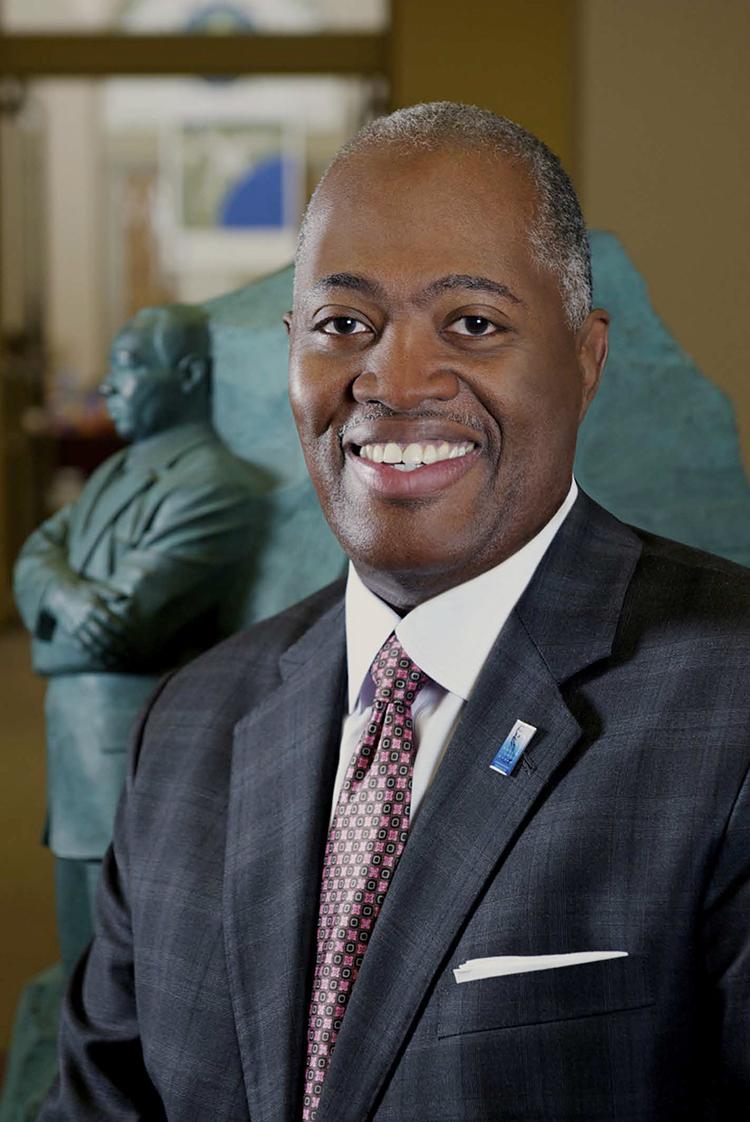
Harry E. Johnson, Sr.
Harry E. Johnson, Sr. is president and CEO of The Memorial Foundation, “the builders of the Martin Luther King, Jr. Memorial.” Before founding The Memorial Foundation, Johnson was national president of the Alpha Phi Alpha fraternity, the organization originally authorized by Congress to build a memorial honoring Martin Luther King Jr. Under Johnson’s direction, The Memorial Foundation raised more than $112 million to fund the building of the memorial, in addition to assembling leaders to design, plan, and build the memorial. Since the Memorial was dedicated in 2011, The Memorial Foundation ensures the site remains a living space where visitors are inspired by King’s life and legacy.
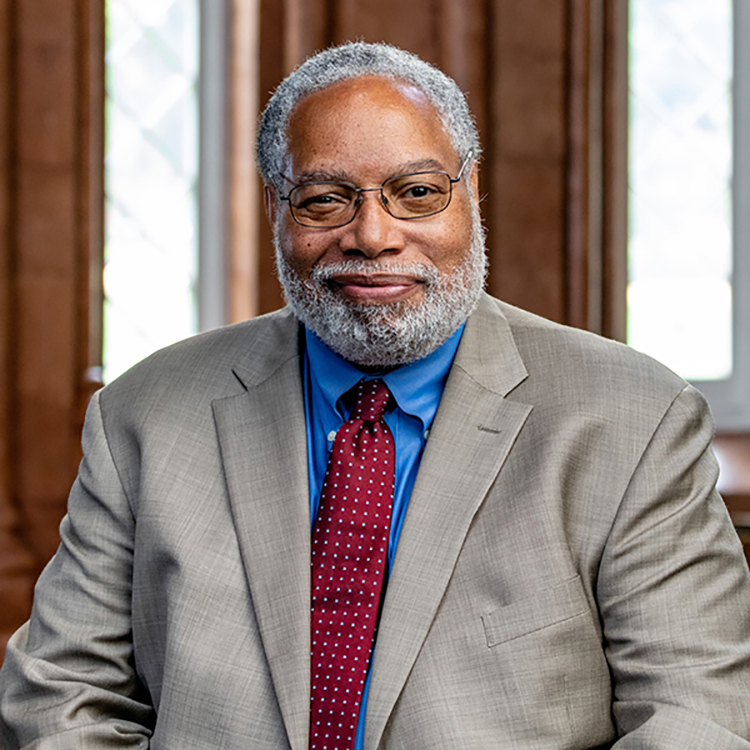
Lonnie Bunch, III
Lonnie Bunch, III is the 14th Secretary of the Smithsonian Institution and the first African American to hold this position. Prior to becoming Secretary, Bunch was the Director of the Smithsonian’s National Museum of African American History and Culture. From 2005 to 2019, Bunch led the creation, opening, and successful launch of the National Museum of African American History and Culture, the largest site devoted to showcasing the African American story. Bunch has received numerous awards for his contributions as a leader, historian, storyteller, and museum professional.

Sheila C. Johnson
Sheila C. Johnson, an entrepreneur and philanthropist, is the Vice Chair of the Trust for the National Mall Board, through which position she has been a support to numerous projects on the National Mall. Prior to joining the Board, Johnson was an active supporter on the National Mall, and was a leading philanthropist for the Martin Luther King, Jr. Memorial. Most recently, Johnson is the Chair of the U.S. Park Police Horse Stables and Education Center Campaign. Johnson has a hand in many business and philanthropic endeavors, as CEO of Salamander Hotels and Resorts, a founding partner of Black Entertainment Television, and the only African American women to have ownership in three professional sports teams: the NBA’s Washington Wizards, the NHL’s Washington Capitals, and the WNBA’s Washington Mystics, for which she serves as President and Managing Partner.


